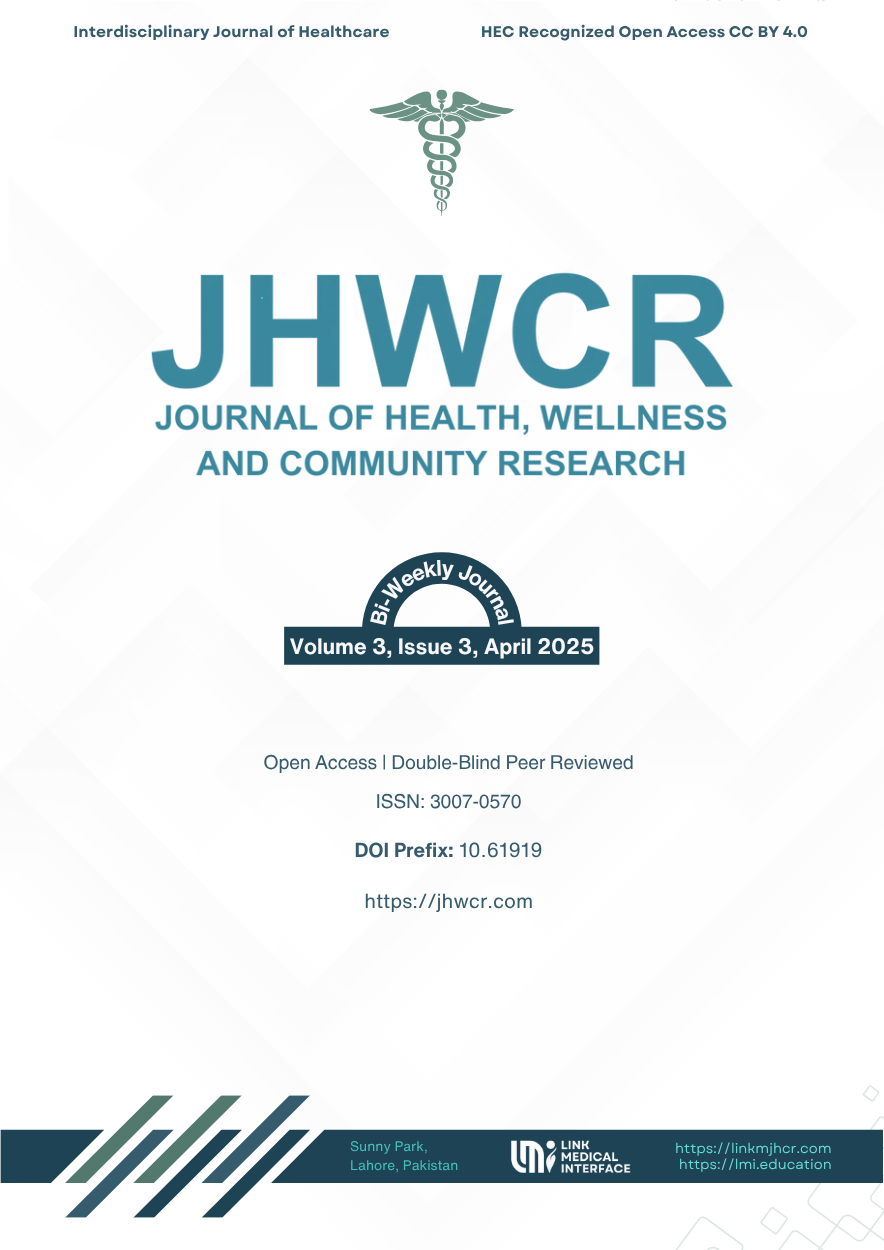Frequency of Contusion Associated with Skull Fracture in Children at Bolan Medical Complex Hospital Quetta
DOI:
https://doi.org/10.61919/fmfwfa64Keywords:
Skull Fractures, Brain Contusion, Pediatric Head Injury, Computed Tomography, Trauma, Epidemiology, PakistanAbstract
Background: Pediatric skull fractures associated with brain contusions represent a critical public health challenge, particularly in low-resource settings where limited data impede effective management. Objective: This study aimed to determine the frequency and patterns of skull fractures among children presenting with brain contusions at Bolan Medical Complex Hospital, Quetta, and to evaluate associated demographic and clinical characteristics. Methods: A descriptive cross-sectional study was conducted, enrolling 100 children aged 3 months to 14 years with radiologically confirmed brain contusions presenting within 24 hours of head trauma, from January to July 2020. Exclusion criteria included delayed presentation, penetrating injuries, or additional intracranial lesions. Data collection included demographic details, clinical examination, and CT imaging to assess fracture type and contusion characteristics. Ethical approval was obtained from the hospital’s ethics committee in compliance with the Helsinki Declaration. Statistical analysis was performed using SPSS version 27.0, employing descriptive and inferential statistics including chi-square tests to assess associations, with significance set at p < 0.05. Results: Of 100 participants (mean age 73.36 ± 51.6 months; 72% male), skull fractures were present in 89% of cases, with linear fractures accounting for 68.5% and depressed fractures 31.5%. No significant associations were observed between fracture frequency and age, gender, GCS score, trauma duration, or contusion size/site (all p > 0.05). Falls (48%) and road traffic accidents (47%) were the leading causes. Conclusion: The frequency of skull fractures among children with brain contusions is alarmingly high in this population, underscoring the need for routine neuroimaging and early intervention. These findings support heightened clinical vigilance and targeted public health strategies to prevent pediatric head trauma in resource-limited settings.
Downloads
Published
Issue
Section
License
Copyright (c) 2025 Nasrullah Lango, Irfan Adil, Asghar Babar, Noor Ahmed, Abdul Hameed (Author)

This work is licensed under a Creative Commons Attribution 4.0 International License.


